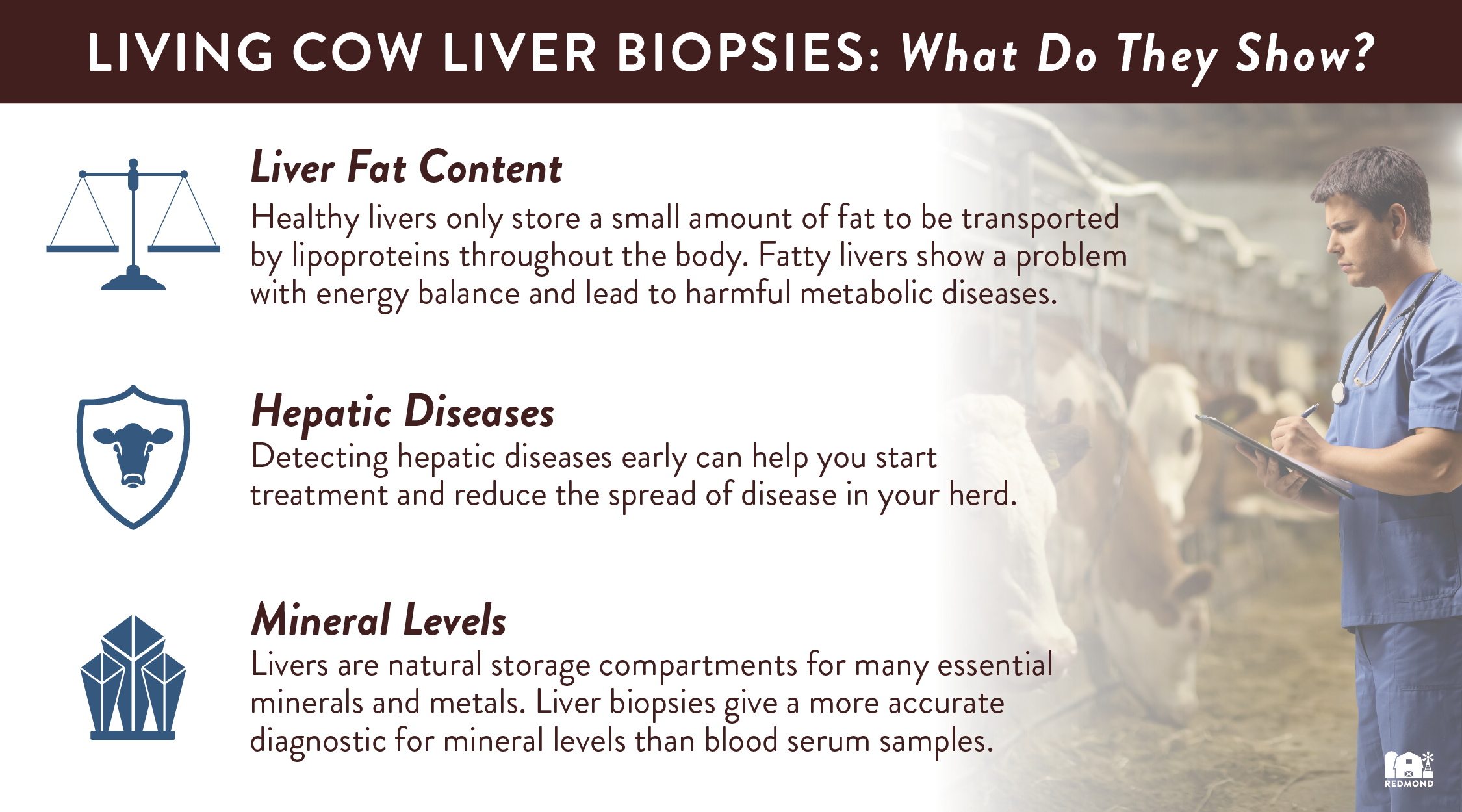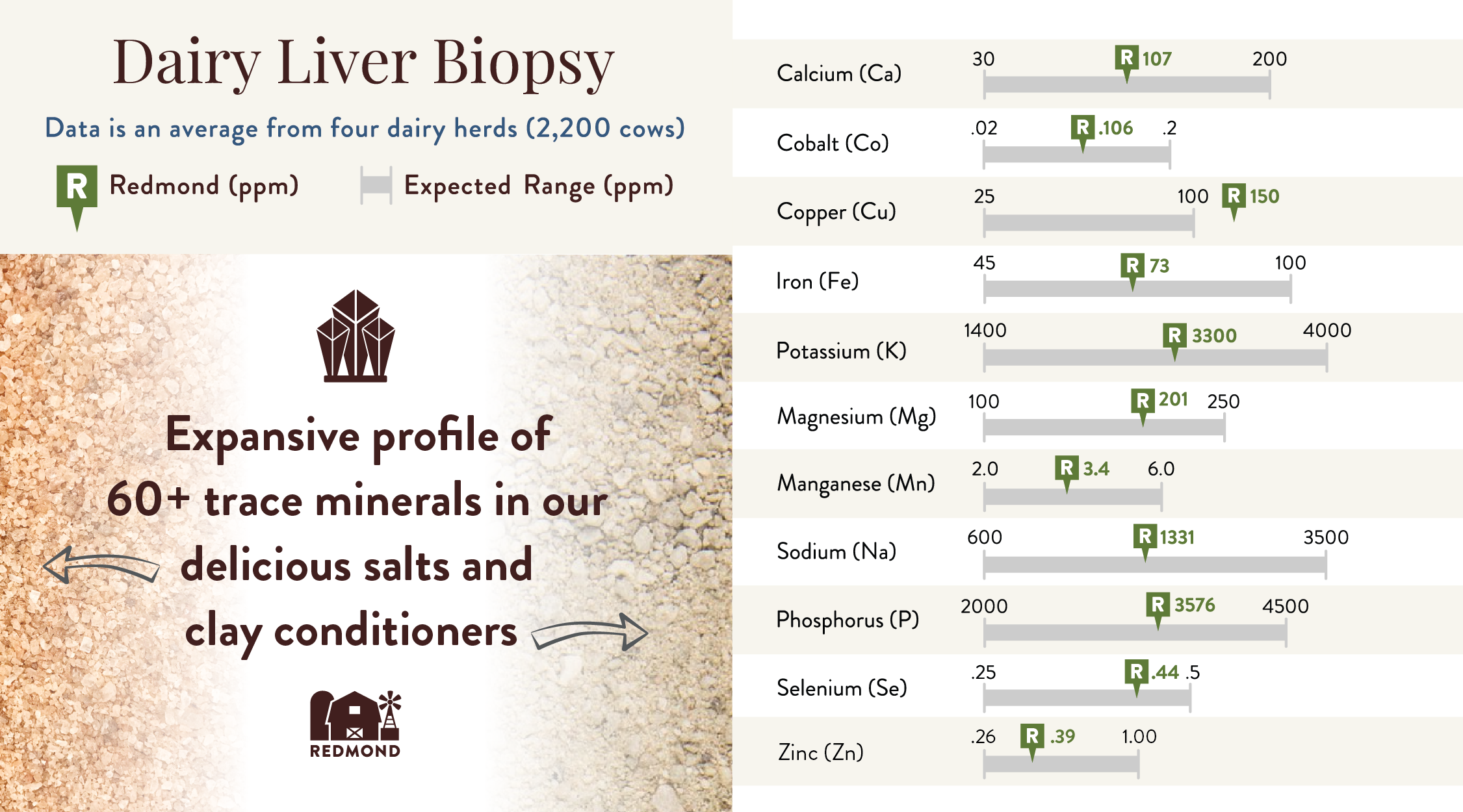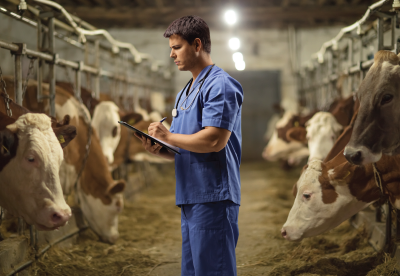How Do Living Cow Liver Biopsies Work?
At first, the idea of taking a tissue sample from an internal organ may sound like a risky and expensive procedure. In reality, living liver biopsies are simple, affordable, low risk, and deliver a significant return on investment. The results can help guide you to spend money in the right places for your operation.
Liver biopsies can be performed directly in the chute during normal processing. The area of incision is prepped like a surgery, with shaving, sterilizing, and lidocaine application. A tiny incision is made in the hide; too small to even need a suture. A specialized biopsy needle is then inserted. This needle has an internal cutting mechanism that removes and stores the small sample within the needle for easy removal.
- Watch a video from Utah State University about how to conduct a cow liver biopsy.
The sample is then sent to your local ag lab for analysis. Be sure to check your local lab’s sample size, packaging, and shipping instructions before mailing.
Why the Liver?
There are a few reasons why livers are ideal organs for living biopsies. First, the liver is the most regenerative organ in the body. Liver tissue can grow back faster and healthier than other organ tissues so taking a small sample does not harm liver function at all.
Another reason livers are perfect candidates is because they are living storage compartments. According to the National Institute of Health:
“Liver is a major storage organ for trace elements and heavy metals, and element concentrations in the liver therefore reflect exposure levels. Element concentrations in the liver are interpreted as deficient, adequate, high or potentially toxic based on the age category of the animal.”
What Can I Learn From A Liver Biopsy?
Liver biopsies can be used for general herd analysis or to assess the health of an individual animal if needed. Most operations conduct liver biopsies from a select group of cows that represent the average condition of the herd (not usually from cull animals). Here are some things we can learn from a liver biopsy:

Liver Fat Content
Liver biopsies can detect abnormally high fat content. A healthy liver stores very little fat for its own use. It does transport fat by producing special proteins (lipoproteins) that carry important fatty acids from the liver to tissues throughout the body.
According to the Merck Veterinary Manual: “fatty liver results from a state of negative energy balance and is one of the important metabolic diseases.” It is especially important to monitor liver fat levels in postpartum dairy cows.
Hepatic (Liver) Diseases
Liver biopsies can also help detect a wide range of hepatic diseases that can easily spread through a herd.
- Here is a list of possible hepatic diseases in cattle from the Merck Veterinary Manual
Identifying these problems early is essential. By the time you notice physical symptoms or problems in your herd, your production levels will suffer before corrections can be made.
Mineral Levels
For some metals and minerals (especially copper), liver biopsies are much more detailed and accurate than blood serum samples. Dr. Jeffery Hall from the Utah Veterinary Diagnostic Laboratory, compared 10 paired liver and blood serum samples. All 10 liver biopsies showed copper deficiency, whereas only 1 of their serum matches tested as deficient.
Liver biopsies can show a much more complete diagnostic for minerals like copper, calcium, cobalt, iron, manganese, magnesium, sodium, potassium, selenium, zinc, and more.
Redmond Supports Healthy Mineral Levels
We often hear from farmers that their animals “just do better on Redmond.” Redmond has supported healthy farming operations for over 50 years with our unique blend of over 60 natural trace minerals. Our mineral salts and clay conditioners offer an expansive profile of nutrients to improve overall herd health. Take a look at what a cluster of liver biopsies revealed about cows eating Redmond minerals! (The cows biopsied in the study below had been off heavy mineral mixes and enjoying Redmond for 1-2 years.)

Low salt/heavy mineral mixes taste extremely bitter and are not necessary to help resolve mineral deficiencies. Fortunately, our higher salt to mineral ratio ensures even your most stubborn animals will crave and enjoy eating their minerals. Redmond is proud to offer dairy cow minerals and beef cattle minerals that can reduce and prevent deficiencies in your herds.
Give us a call today at  to see how Redmond can help you get back to what you love about raising animals!
to see how Redmond can help you get back to what you love about raising animals!
© 2024 Redmond Minerals Inc.

